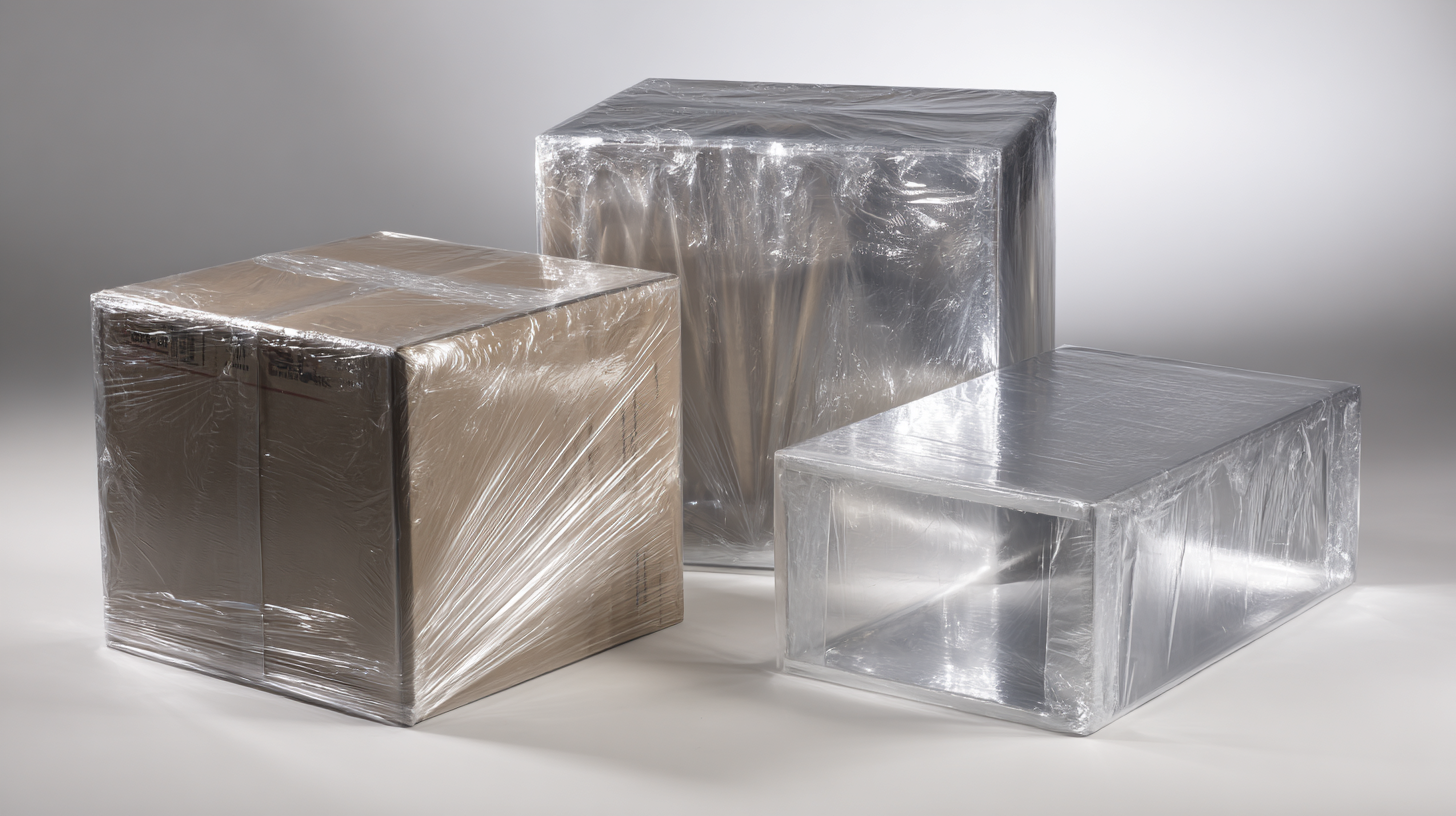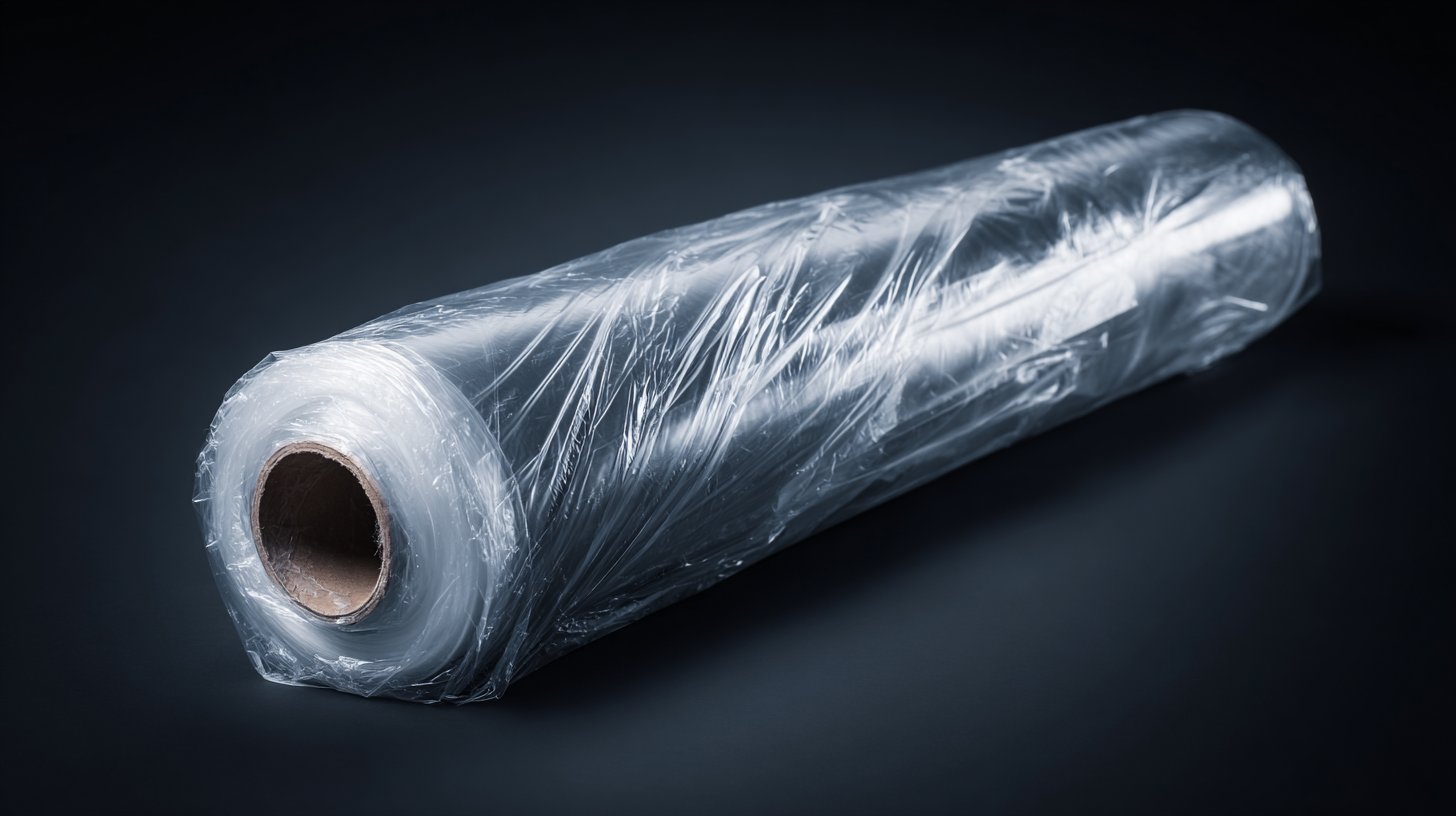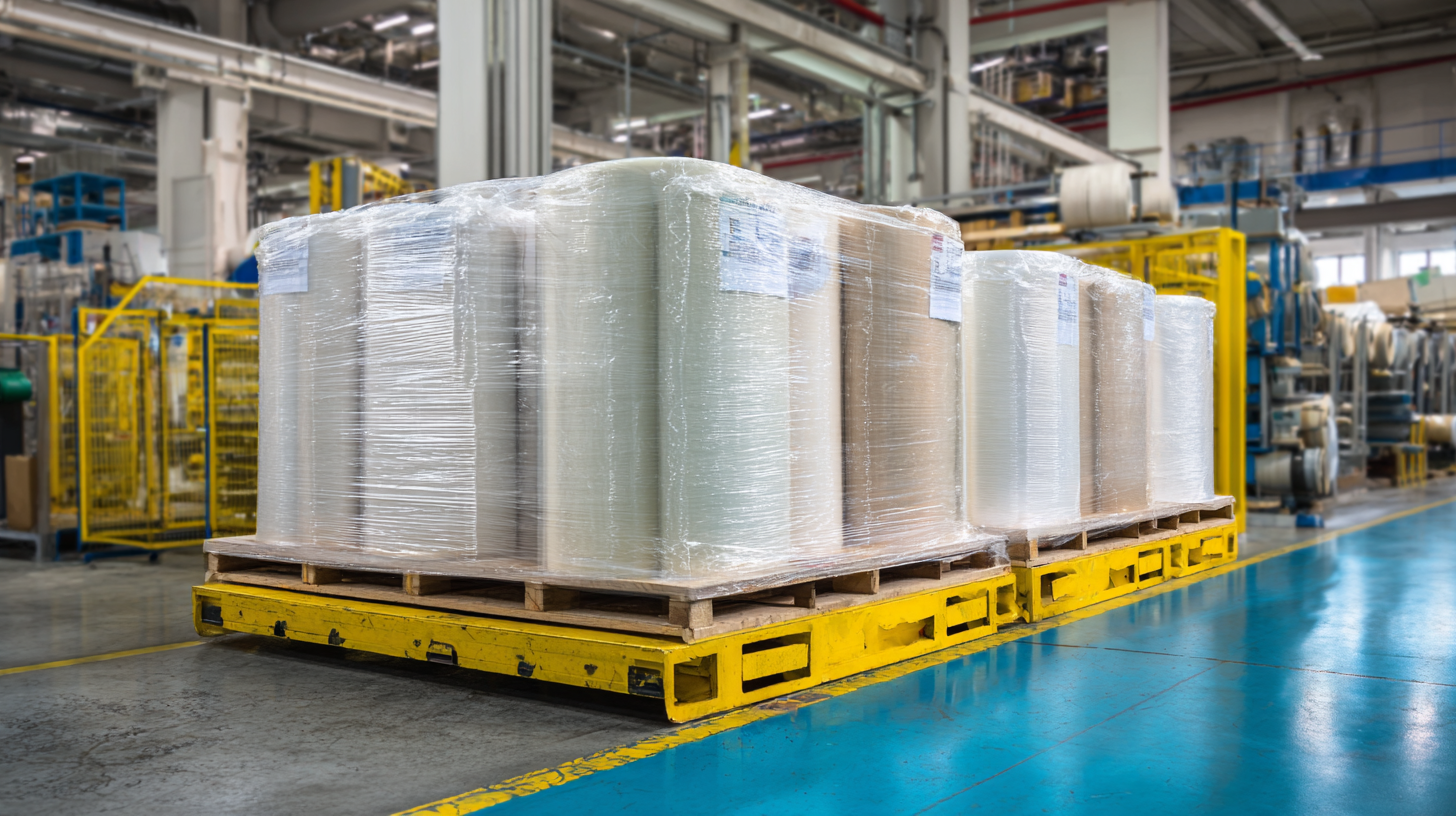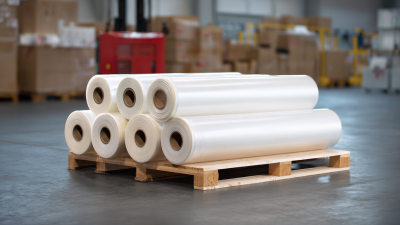 Shrink wrap has become an essential tool in the packaging industry, serving as a versatile solution for protecting products during storage and transportation. According to a recent report by Smithers Pira, the global shrink wrap market is projected to reach USD 3.33 billion by 2025, highlighting its growing importance across various sectors. This growth can be attributed to shrink wrap's ability to provide a tight, protective seal that safeguards products from moisture, dirt, and other environmental factors. Additionally, the use of shrink wrap is not limited to industrial applications; it has gained popularity in retail and consumer packaging as a means to enhance product presentation while ensuring durability. As businesses continue to seek efficient and cost-effective packaging solutions, understanding how to effectively use shrink wrap will be vital for maximizing its benefits. This guide delves into the best practices for utilizing shrink wrap effectively, ensuring both product safety and visual appeal.
Shrink wrap has become an essential tool in the packaging industry, serving as a versatile solution for protecting products during storage and transportation. According to a recent report by Smithers Pira, the global shrink wrap market is projected to reach USD 3.33 billion by 2025, highlighting its growing importance across various sectors. This growth can be attributed to shrink wrap's ability to provide a tight, protective seal that safeguards products from moisture, dirt, and other environmental factors. Additionally, the use of shrink wrap is not limited to industrial applications; it has gained popularity in retail and consumer packaging as a means to enhance product presentation while ensuring durability. As businesses continue to seek efficient and cost-effective packaging solutions, understanding how to effectively use shrink wrap will be vital for maximizing its benefits. This guide delves into the best practices for utilizing shrink wrap effectively, ensuring both product safety and visual appeal.
When selecting shrink wrap for packaging, understanding the different types available is essential for effective protection and presentation. PVC shrink wrap is one of the most commonly used materials due to its clarity and cost-effectiveness, making it ideal for retail packaging. According to the Flexible Packaging Association, the flexible packaging market was valued at around $34 billion in 2020, with shrink films constituting a substantial portion due to their versatility and ease of use.
Polyolefin shrink wrap, on the other hand, is increasingly favored for its durability and resistance to punctures and tears. This type of shrink wrap tends to have a higher shrink ratio than PVC and is often used for items that require a tighter seal, such as food products and sensitive electronics. A study published in Packaging Strategies indicated that the demand for polyolefin shrink films is projected to grow at a CAGR of 5.1% from 2021 to 2026, reflecting a shift towards higher-quality packaging solutions that enhance shelf-life and product integrity. By carefully assessing the specific packaging needs and the environment in which products will be stored, businesses can select the most appropriate shrink wrap to optimize both protection and aesthetic appeal.
| Shrink Wrap Type | Thickness (mil) | Ideal Use Case | Features | Temperature Resistance (°F) |
|---|---|---|---|---|
| PVC Shrink Wrap | 60 | Retail products | Clarity, low cost | 160 - 190 |
| Polyolefin Shrink Wrap | 75 | Food packaging | Non-toxic, strong | 200 - 250 |
| LDPE Shrink Wrap | 50 | Small items | Cost-effective, flexible | 130 - 160 |
| High-Density Polyethylene (HDPE) Shrink Wrap | 80 | Large equipment | Strong, durable | 180 - 220 |
Shrink wrapping is an effective method for packaging and protecting various products, but having the right tools and equipment is essential for achieving optimal results. To start, a reliable heat source is crucial; this can be a shrink wrap heat gun or a heat tunnel, depending on the scale of your operation. Heat guns are versatile and ideal for small batches, while heat tunnels provide consistent results for larger quantities, making them suitable for commercial settings.
In addition to heat sources, the type of shrink wrap film is equally important. There are various options available, such as PVC, polyethylene, and polyolefin films, each with its own properties and ideal applications. Choosing the appropriate film ensures the integrity and durability of the packaged products. Furthermore, having a cutting tool, such as a box cutter or scissors, is necessary for precise handling of the wrap. Lastly, investing in a shrink wrap machine can significantly enhance efficiency, as these machines automate the wrapping process and deliver professional-quality results, streamlining operations for businesses looking to scale.
When it comes to packaging and protection, shrink wrapping is an increasingly popular method due to its effectiveness and versatility. According to a report by Smithers Pira, the global shrink film market is expected to reach $11 billion by 2024, reflecting a compound annual growth rate of 4.9%. This growth is driven by the need for better product protection and increased demand for sustainable packaging solutions.
To effectively shrink wrap your products, start by selecting the right type of shrink film based on the size, shape, and nature of the product. Polyolefin films, for example, are food safe and ideal for wrapping consumables, while PVC films are widely used for various other products. Once you have chosen your film, use a heat gun or shrink tunnel to apply heat evenly, ensuring a tight fit around your item without damaging it. Professionals recommend maintaining a temperature of around 300°F (about 150°C) for optimal results. By following these steps, you can ensure that your products are well protected during transit and storage, significantly reducing damage and waste.
When it comes to achieving a professional finish with shrink wrap, attention to detail and the right techniques are crucial. According to a report by the Flexible Packaging Association, shrink films can reduce packaging waste by up to 30% compared to traditional methods, making them an eco-friendly choice that still prioritizes product presentation. To start, ensure that the surface of the items you are wrapping is clean and dry to prevent any dust or moisture from compromising the seal. Utilizing a heat gun at the appropriate temperature is essential; temperatures typically range between 250°F to 300°F for optimal shrinkage without damaging the wrap or the product.

Another vital tip involves selecting the right type of shrink wrap for your specific needs. Polyolefin shrink films are highly regarded in the industry due to their versatility and durability, making them suitable for a range of applications—from food packaging to retail displays. According to industry insights from Smithers Pira, the market for shrink films is projected to grow at a compound annual growth rate (CAGR) of 4.9% through 2026. Choosing the appropriate gauge thickness will also contribute to a professional finish, ensuring that your packaging not only looks appealing but also provides the necessary protection during transit.
When using shrink wrap for packaging and protection, avoiding common mistakes is crucial for ensuring the integrity of the products being packaged. One prevalent mistake is not selecting the appropriate material for the specific application. According to a report by Smithers Pira, the global market for stretch and shrink films is expected to reach $30 billion by 2024, highlighting the importance of choosing the right type of film—whether PVC, polyethylene, or polyolefin—which can significantly affect performance and durability.







